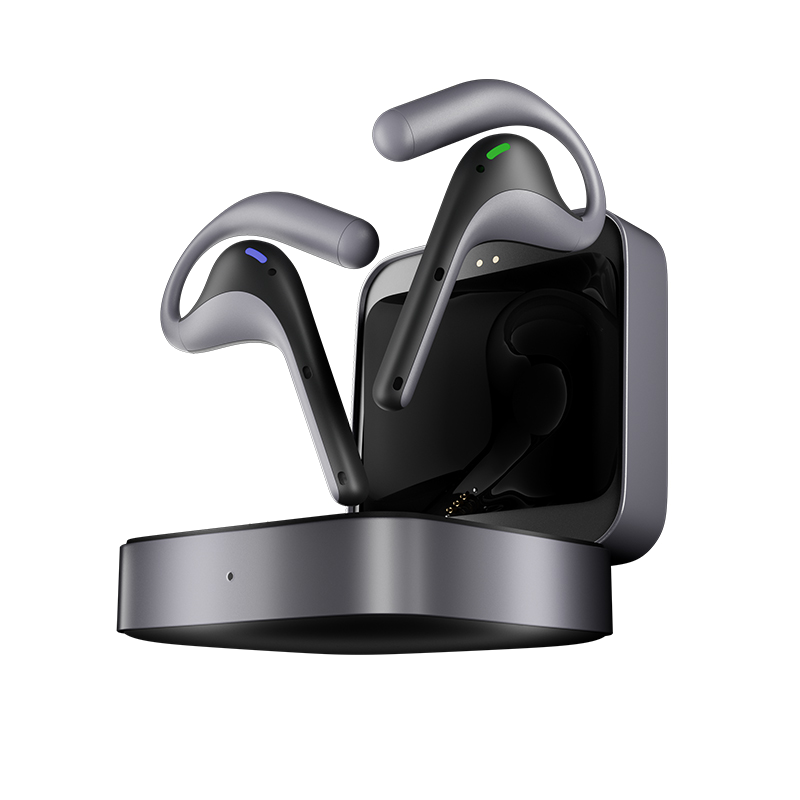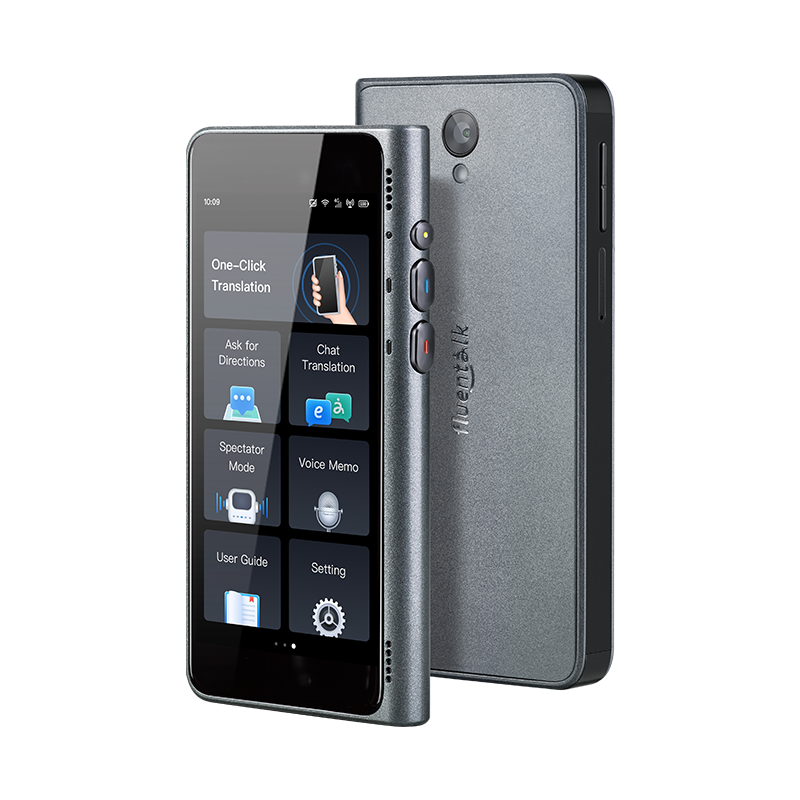
What Languages Are Spoken in the Philippines? A Complete Guide to 183+ Living Languages
One of the richest language nations globally is the Philippines. When you are asked "what is the language in the Philippines," you are not given a short answer. The Southeast Nation is an archipelagic state where you are able to hear more than 183 living languages being spoken, more than many countries in the world.
Imagine the scenario: if you had randomly selected two Filipinos from areas far apart, they already have a 76-84% chance of having grown up speaking radically different languages. Such a rich diversity of variability is a product of the nation's rich geography of 7,641 islands, whose social groups ended up having spoken
Its government celebrates this language once a year in August during "Buwan ng Wika" Language Month celebrations, appreciating the cultural identity represented by such languages.
Official Languages of the Philippines
Filipino: The National Language
Filipino is the national language of the Philippines. Schools teach most subjects in Filipino and it’s used in government documents, news broadcasts and national media. This is the language that connects Filipinos from different regions who speak different local languages.
Filipino evolved from Tagalog but has words from other Philippine languages and borrowings from English, Spanish, Chinese and Malay. This makes it a truly national language that represents the country’s multicultural heritage.
English: Co-Official Language
English has official status alongside Filipino, a legacy from American colonial rule (1898-1946). Today, English is used in:
-
Higher education and universities
-
Business and international trade
-
Government legal documents
-
Scientific and technical fields
-
International communications
Most educated Filipinos speak English fluently making the Philippines one of the largest English speaking countries in the world. This bilingual foundation gives Filipinos a big advantage in global business and education.
Filipino vs. Tagalog: What’s the Difference

Many people ask if Filipino and Tagalog are the same language. The answer is: they’re related but not the same.
Historical Development
Tagalog was the language of Manila and surrounding areas. In 1937, the Philippine government chose Tagalog as the basis for a national language because it was already widely spoken in the capital region.
The language went through several name changes:
-
1937: Tagalog was designated as national language
-
1959: Renamed to “Pilipino”
-
1987: Officially became “Filipino”
Key Differences
Filipino differs from traditional Tagalog in several ways:
-
Expanded vocabulary: Has words from other Philippine languages
-
International borrowings: Has terms from English, Spanish and other languages
-
Modified alphabet: Has letters F, J, C, X and Z
-
Standardized spelling: Reflects modern pronunciation
This evolution made a more inclusive national language that represents all Filipinos not just Tagalog speakers.
Major Regional and Indigenous Languages
Spanish Colonial Influence
Spain dominated the Philippines for more than 300 years (1565-1898), creating enduring language influences. Even though Spanish is no more widely used today, much of the Filipino language is Spanish in origin. Chavacano, Spanish-based creole language, also still exists in some areas with approximately 1.2 million speakers.
Top Regional Languages
Beyond the official languages, several regional languages claim millions of speakers:
The Big Ten Home Languages (spoken by 90% of Filipinos at home):
- Tagalog - 28 million speakers (Metro Manila, Central Luzon)
- Cebuano/Bisaya - 25 million speakers (Central and Southern Philippines)
- Ilocano - 9 million speakers (Northern Luzon)
- Hiligaynon/Ilonggo - 7 million speakers (Western Visayas)
- Bicol - 5.9 million speakers (Bicol Peninsula)
- Waray - 3.1 million speakers (Eastern Visayas)
- Kapampangan - 2.9 million speakers (Central Luzon)
- Pangasinan - 1.8 million speakers (Northern Luzon)
- Maranao - 1.1 million speakers (Mindanao)
- Maguindanao - 1.1 million speakers (Mindanao)
Other Notable Indigenous Languages
The Philippines hosts dozens of other indigenous languages, including:
- Aklanon (Western Visayas)
- Ibanag (Northern Luzon)
- Ivatan (Batanes Islands)
- Tausug (Sulu Archipelago)
- Yakan (Basilan Island)
- Surigaonon (Mindanao)
These languages belong primarily to the Austronesian language family, connecting the Philippines linguistically to Malaysia, Indonesia, and other Southeast Asian nations.
Immigrant Languages
Modern immigration has added new languages to the Philippine landscape:
- Chinese varieties (Hokkien, Mandarin, Cantonese) - 2+ million speakers
- Korean - Growing community due to business investments
- Japanese - 2,900 speakers
- Arabic - Significant in Muslim communities
- Hindi - 2,420 speakers
- German - 960 speakers
Conclusion
Language landscape in the Philippines is evidence for cultural wealth as well as geographical diversity. While Filipino as well as English are uniting official languages, Philippines' 183+ living languages are invaluable cultural assets.
Such multilingual environment offers standard advantages: the people in the Philippines acquire multilingual abilities by default and cultural competences effective for today's world-centric world.
Ready to see for yourself what Philippine languages are all about? Why not learn Filipino so you can talk to over 100 million speakers? Or feel the richness of provincial dialects like Cebuano or Ilocano. All languages are gateways to further understanding Filipino culture.
Whether you are traveling to the Philippines for tourism, for business, or simply to satiate your interest in world languages, appreciating this language richness makes you more appreciative of one of Southeast Asia's most fascinating countries. And to bridge any language gap along the way, consider using Timekettle translation earbuds — your smart companion for real-time, effortless multilingual communication.
























